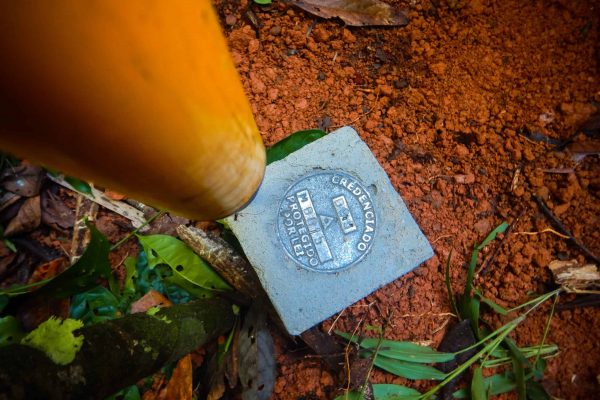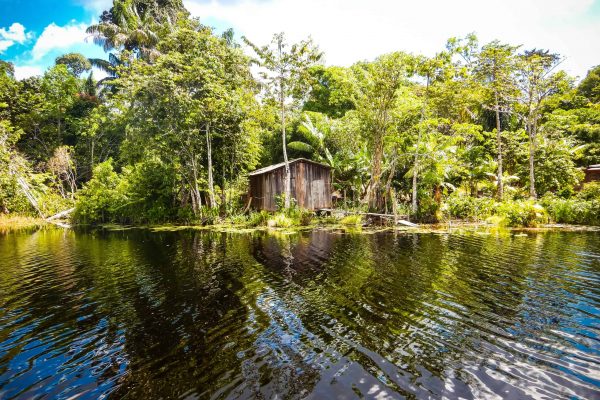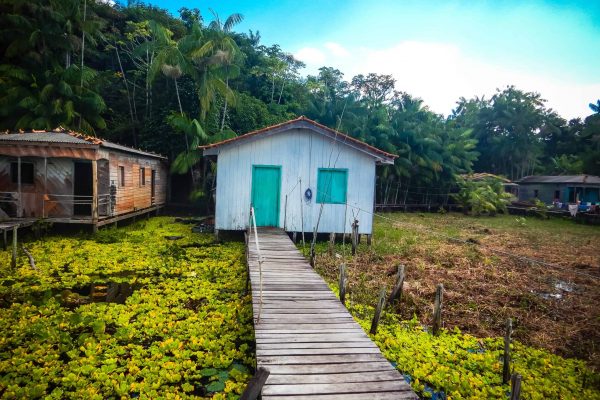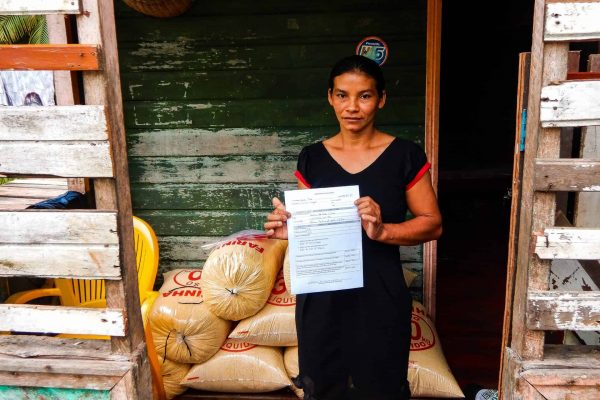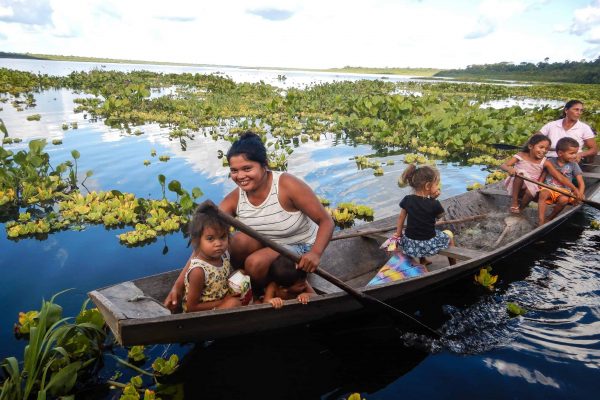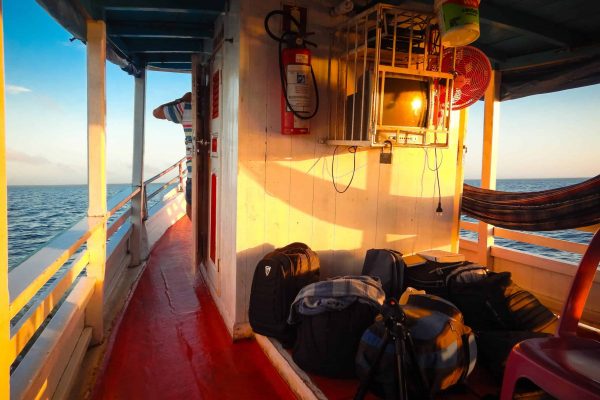Key facts
- Protects threatened tree species like Brazilian Rosewood, and endangered species of animals like giant anteaters and the Ka’apor capuchin monkey
- Provides secured land tenure to villages committed to conservation
- Improves local nutrition through food diversification and agroforestry practices
- Provides jobs in forest management, and education in forest preservation
Creates opportunities for communities to develop local businesses
More info
Pará, Brazil houses one of the most diverse and abundant ecosystems on the planet. The Brazilian Rosewood project in Pará’s Portel municipality works to protect this fragile area by stopping rampant deforestation of carbon-dense rainforest and allowing degraded forests a chance to regenerate. It is supporting 130 families, helping them to strengthen social structures, gain land tenure, and improve their food security through agroforestry, plus providing jobs and education in forest protection and preservation and opportunities for communities to develop local businesses.
Project Photos
Project Impacts
Biodiversity & Ecosystems
The project preserves 180,000 hectares of high conservation value forest near the Caxiuanã National Forest, a protected area with high biodiversity.
Community Development
Jobs in forest patrolling and biodiversity monitoring introduce new income streams, while securing land tenure and land-use rights create respect for forest resources and keep illegal deforesters away. In partnership with local NGOs, the project also provides capacity building and funding for families to launch sustainable businesses for non-timber forest products such as the highly valuable açai fruit, plus energy-efficient cooking stoves for cassava production.
Emissions Reductions & Certifications
Brazilian Rosewood will prevent the emissions of 19 million tonnes of CO2 over its 40-year lifetime, validated and verified under the Verified Carbon Standard (VCS). It has also achieved CCB Gold status for exceptional biodiversity and climate benefits.
Endangered Species
The prevents ecosystem fragmentation and loss, thus providing a safe and functional environment for at least 30 threatened or vulnerable species, including the Ka’apor capuchin monkey, black-bearded saki, black-handed tamarin, giant anteater, giant otter, and golden parakeet.







